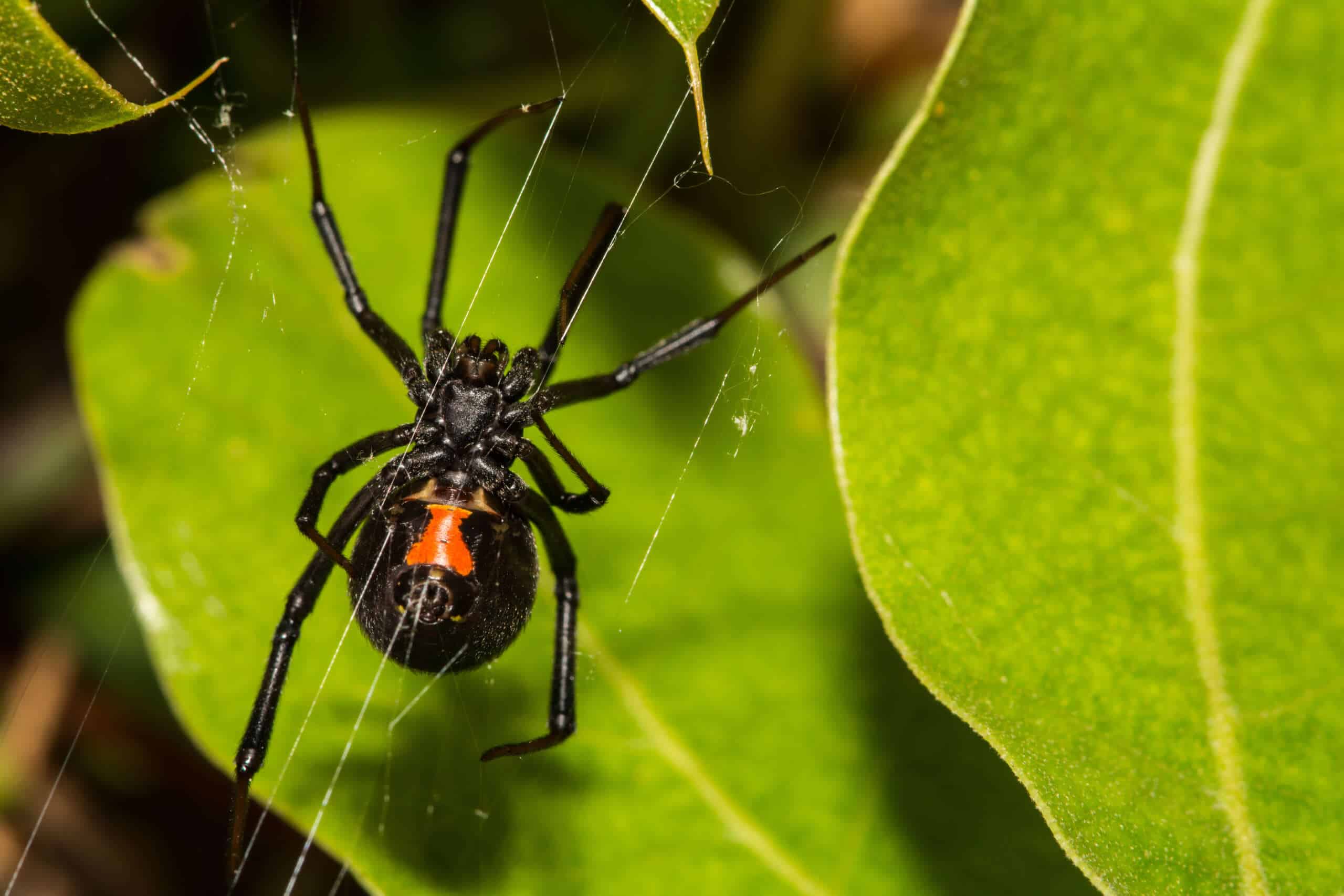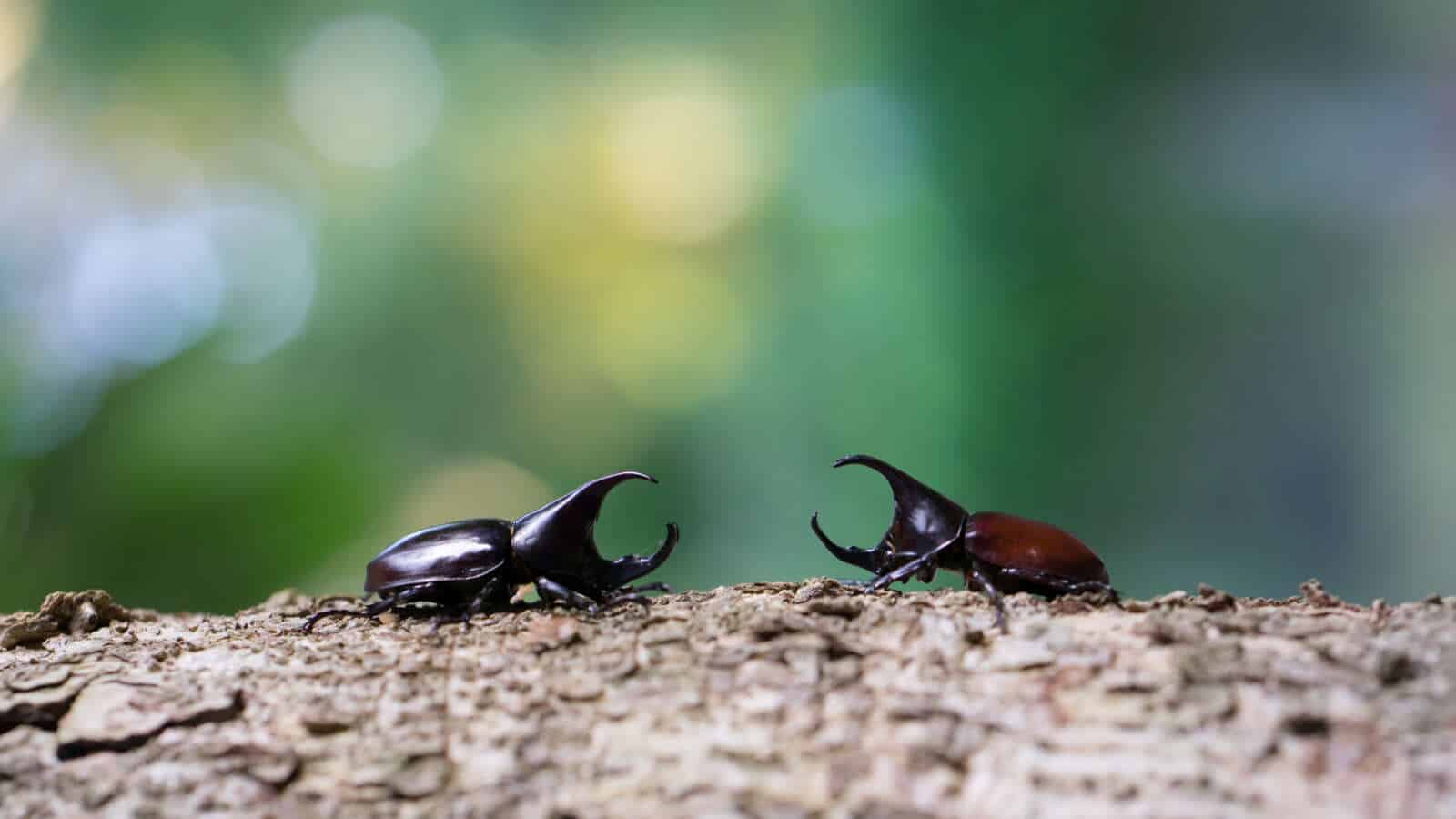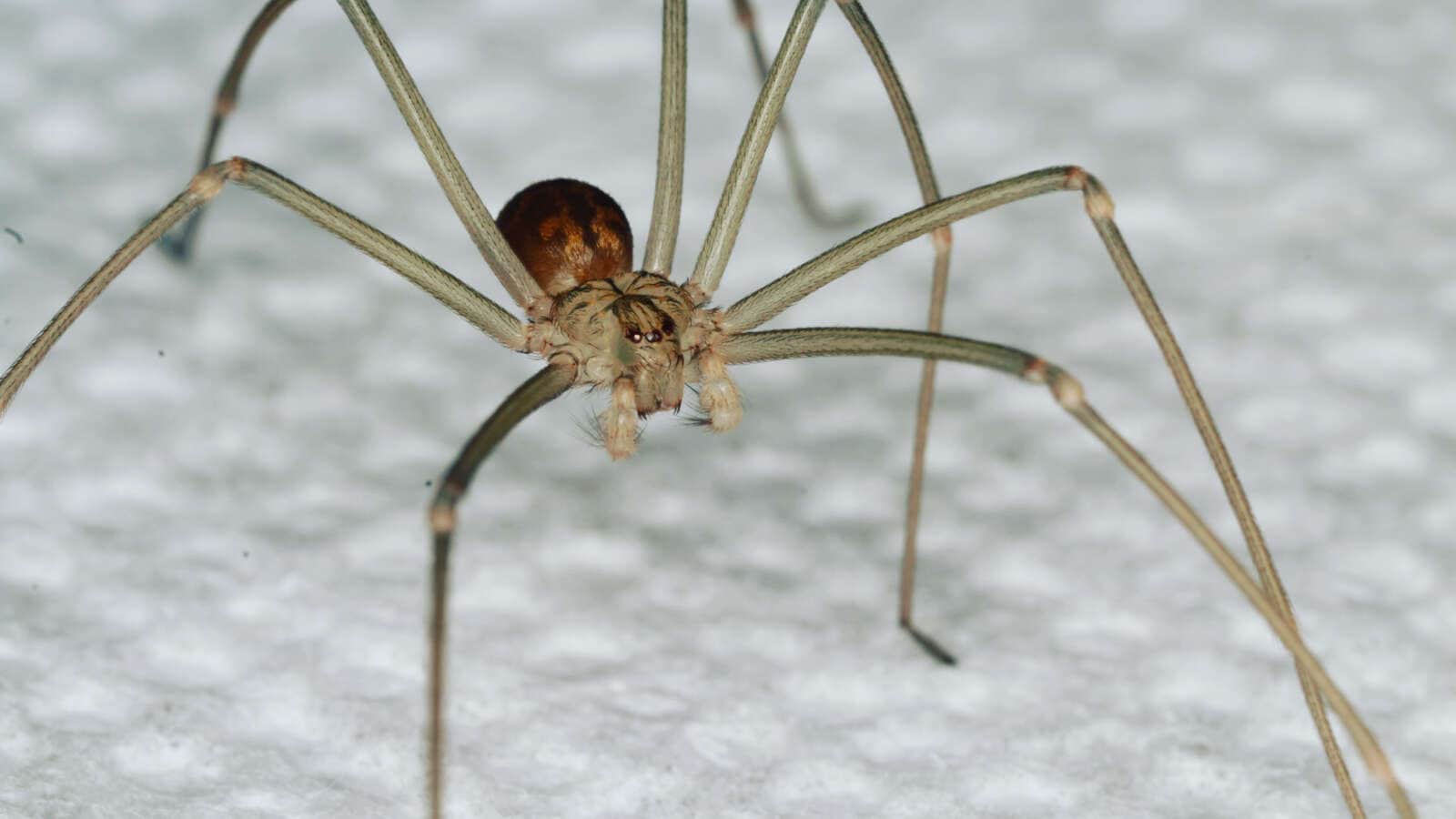Why Is Arachnophobia So Common?
It’s completely natural for humans to have an aversion to any kind of creepy-crawly. Some experts believe it’s because insects and spiders are so different from us, what with their eggs, erratic behavior, and numerous spindly legs. Spiders in particular elicit a fearful response from many people and often seem to be a scarier presence than common insects. Arachnophobia, the fear of spiders, is a relatively common phobia that affects an estimated 3 to 5% of the world’s population. This leads us to ask: why is arachnophobia so common? This is the question we aim to answer as we explore the facts and theories about arachnophobia that help to explain why this phobia has plagued humanity for generations.
Signs & Symptoms
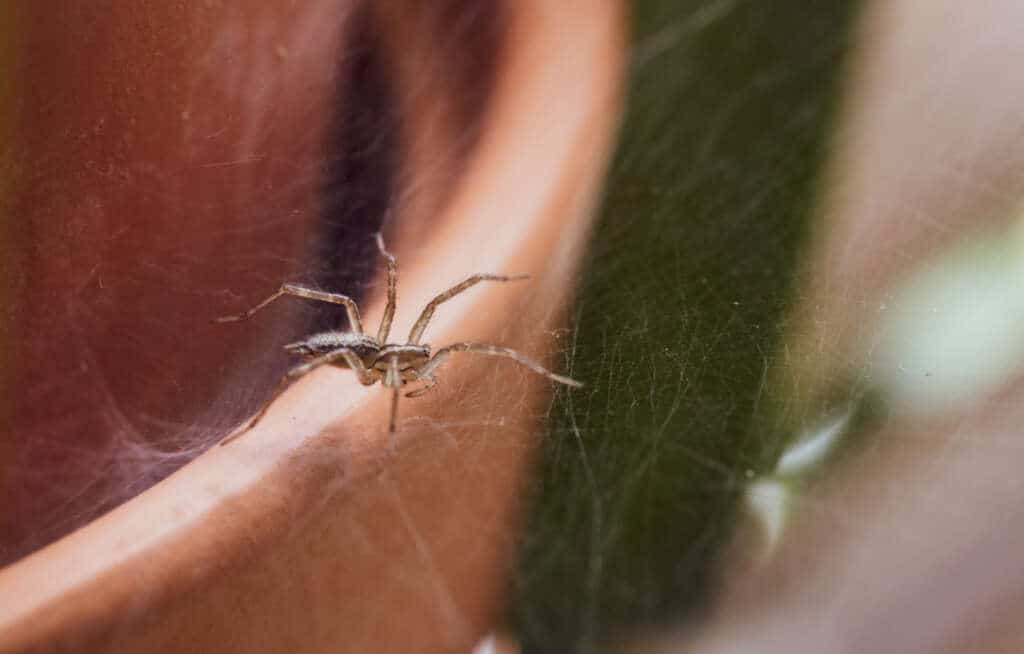
Anyone can be scared of a spider when they appear unexpectedly (like inside a house) or get too close for comfort. Feeling your heart race after finding a spider in your kitchen is not necessarily arachnophobia, though it is definitely a chilling feeling. A phobia is an intense fear of a specific object or situation that lasts longer than six months and deeply impacts a person’s life. In reference to spiders, a person with arachnophobia has a deep-rooted fear of arachnids and spiders in particular. They will likely avoid areas that have any spiders or could potentially have one. For instance, they might refuse to go into the garden if they see a spiderweb stretched between two plants.
The physical symptoms of arachnophobia look like the signs of any severe fear or anxiety. The most common ones include shaking, chills, dizziness, trouble breathing, increased heart rate, and sweating. Depending on the severity of the person’s arachnophobia, they can experience these symptoms when seeing a spider, being near a spider, or even thinking about a spider. They can go into fight, flight, or freeze mode upon being confronted with the idea of a spider. There isn’t a designated “cure” for arachnophobia, but some people have reported positively about certain practices and mindset shifts that aid in their journey to recovery from arachnophobia. Exposure therapy is one of the most popular methods, as it can be implemented in stages by gradually “exposing” the person to photos of spiders, talking about spiders, and being around actual spiders.
The Possible Origins

As with many phobias, the most common theory regarding the origin of arachnophobia is that it’s an evolutionary trait from our ancestors. Since there were endless nightmarish creatures to be afraid of, the natural fear of any creepy-crawly became a common thread throughout human history. It can also be described as a learned reflex, where we develop a subconscious fear by observing someone also being afraid of that object or situation for long enough. There are deadlier creatures than spiders in the world, but since spiders are more common, it’s easier for people to develop arachnophobia based on having more experience with the creature.
Speaking of deadlier creatures, another arachnid that falls under the umbrella of arachnophobia is the scorpion. Many people who are afraid of spiders are also scared of scorpions, which makes sense considering spider bites and scorpion stings are painful experiences that no one wishes to have. There are reportedly more deaths from scorpions than spiders in the world, but there haven’t been any published scorpion-related deaths in the U.S. in recent years. When people with arachnophobia catch sight of these creatures, their amygdala is activated. This is what quickly prepares our bodies for fight or flight, hence why the physical response to seeing these arachnids is strong and immediate.
Scorpions are indeed a creepy-looking creature, but spiders still reign supreme as a common fear and the main source of arachnophobia. This is not just true for adults who have been around long enough to see different kinds of creatures; it also applies to children. In 1997, Peter Muris from University of Maastricht published his study on children’s biggest fears. While deeper fears like being kidnapped and the dark were prevalent in his survey, spiders won as the top reported fear from children in this study. It’s been quite a few years (sorry to say) since Muris’ study was published, but even if spiders have been dethroned since 1997, we think it’s safe to say that it’s still one of the most common fears among humans both young and old.
Personal Causes
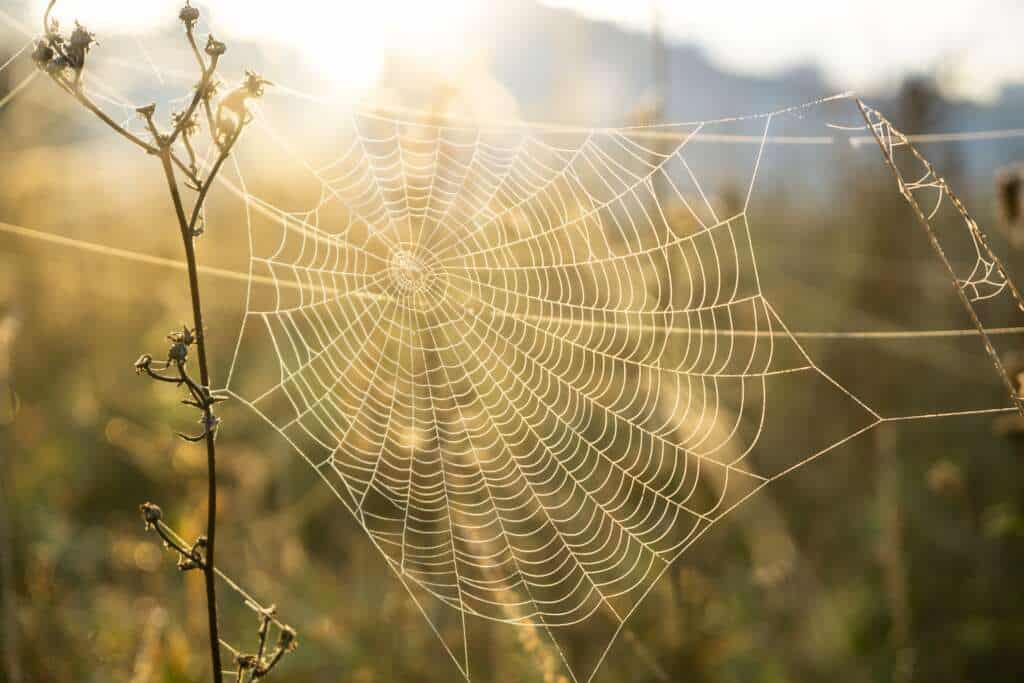
It’s easy to talk about reasons why a subjectively scary creature like the spider would trigger a fear response in countless people, but there is still a personal element to this phobia. Like any of our fears and habits, part of arachnophobia is influenced by the person’s previous history with spiders. For example, if the person had a traumatic experience with spiders — finding one in their bed, feeling one crawl on them, etc. — when they were a child, they could develop arachnophobia as a result. Some experts suggest that arachnophobia could even be linked to genetics, as many arachnophobes have at least one other person in their family with this fear. Our childhoods continue to influence us throughout our adult lives, and even a creature as small as a spider can make an impact on us.
Before Muris’ 1997 study on children’s fears, there was a published study in 1991 that was dedicated to our perception of spiders. Graham Davey of City University London interviewed 118 students who stated they were afraid of spiders to discover what about these arachnids creeped out the students the most. The answers from the students covered just about every aspect of spiders and brings up the interesting point of how every human sees life through a specific lens. The list of reasons why the students feared these arachnids included being afraid of a spider’s speed, size, crawl, hair, sudden movements, contact with our skin, legginess, or a unique reason. We would venture to guess that these reasons can be applied to most arachnophobes who greatly fear spiders.
Fear generally warps our perception of reality and allows our imaginations to run wild. This is the general principle behind most phobias, including arachnophobia. The more fearful a person is of spiders, the less realistic their perception of a spider becomes. This can lead them to believe that the small house spider in their bathroom is actually 5 inches long, or that the harmless garden spider is out for blood. For people who don’t have this phobia, it can seem easy to brush off these perceptions as mere exaggerations. But, as with anything else, it’s important to take a look at the ways that media has been portraying spiders for centuries.
The Media’s Influence

It’s no secret that movies, books, television, art, and music typically don’t show spiders in the most positive of ways. These arachnids are common Halloween decorations for a reason, after all. But you may be surprised to learn that this wasn’t always the case. Prior to the nineteenth century, spiderwebs were heralded as beautiful artwork of nature. They are still admired by some today, especially when a photographer snaps a photo of an intricate web carefully displaying captured dew drops. But after the Gothic period of the late nineteenth century, everything changed for spiders. More stories and poetry began to use spiders as negative metaphors or symbols, and the language around spiders wasn’t very cheerful either.
Once movies became a popular artistic medium, spiders got even worse of a rap. There are endless films that show spiders in a negative light, whether it’s to feature them as the main villain or to make them a creepy obstacle in one scene. The Big Bug movies of the 1950s saw the rise of insect or spider-based monsters terrorizing fictional characters, and spiders were in the spotlight in films like Tarantula! in 1955 and Earth vs. The Spider in 1958. Arguably the most famous (or infamous) cinematic depiction of spiders is in 1990’s Arachnophobia. This appropriately-named movie focused on a California town that became overrun by an invasive spider species. With a title like that, we think it’s a good idea for anyone afraid of spiders to sit this one out.
What does all of this have to do with real arachnophobia? Well, it’s all about perception. If someone watches these movies or reads stories about bloodthirsty spiders, it’s easy for them to develop a strong fear of actual spiders despite the fictitious nature of the cinematic spiders. Real spiders aren’t a walk in the park either, especially when it comes to venomous varieties like black widows and brown recluses. We don’t have one clear answer to the titular question of why arachnophobia is so common. The leading theory is that spiders are subjectively creepy and unpredictable creatures both in real life and in fictional stories, and since they’re so common around the world, there is likely to be at least one memorable, infamous moment with a spider in your life — and that’s the kind of thing that will stick with you like a spiderweb sticking to an unused corner of the garage.
Pointe Squashes Spider Fears
Spiders out in nature may not be scary to you, but they become much creepier when they invade our homes and start laying hundreds of eggs. But never fear, Pointe Pest Control is here! Our highly-trained technicians are experienced in solving all kinds of spider issues, from excessive spiderwebs to hidden egg sacs to venomous species. We tackle each pest problem with a combination of thorough inspections and efficient treatments. Our team creates a customized treatment plan for every client, as we believe that pest control should never be “one-size-fits-all.” We guarantee that our team will get to the bottom of your pest problems with our non-toxic treatments. Contact us for more information on our reliable pest control services and to learn more about how our dedicated team will squash all of your pest fears!
Citations
Arachnophobia (fear of spiders). (2021, September 2). Cleveland Clinic. Retrieved October 26, 2023, from https://my.clevelandclinic.org/health/diseases/21852-arachnophobia-fear-of-spiders
Buddle, C. (2015, May 20). Why are we so afraid of spiders?. Independent. Retrieved October 26, 2023, from https://www.independent.co.uk/life-style/health-and-families/features/why-are-we-so-afraid-of-spiders-10263450.html
Khan, S. (2014, May 8). Explainer: Why are we afraid of spiders?. The Conversation. Available at https://theconversation.com/explainer-why-are-we-afraid-of-spiders-26405 (Accessed on October 26, 2023).
Phobias. (2021, February). Mind. Retrieved October 27, 2023, from https://www.mind.org.uk/information-support/types-of-mental-health-problems/phobias/about-phobias/
Summerscale, K. (2022, September 28). What makes spiders so terribly scary to human beings?. Literary Hub. Available at https://lithub.com/what-makes-spiders-so-terribly-scary-to-human-beings/ (Accessed October 26, 2023).
Why are humans afraid of spiders?. (n.d.). Planet Orange. Retrieved October 26, 2023, from https://www.planetorange.com/pest-control/humans-afraid-spiders
Wodele, A. (2019, March 23). How to cope with arachnophobia, or fear of spiders. Healthline. Available at https://www.healthline.com/health/mental-health/fear-of-spiders (Accessed October 26, 2023).
Young, E. (2021, December 20). Fear of spiders may have its evolutionary roots in aversion to scorpions. The British Psychological Society. Available at https://www.bps.org.uk/research-digest/fear-spiders-may-have-its-evolutionary-roots-aversion-scorpions (Accessed on October 26, 2023).


